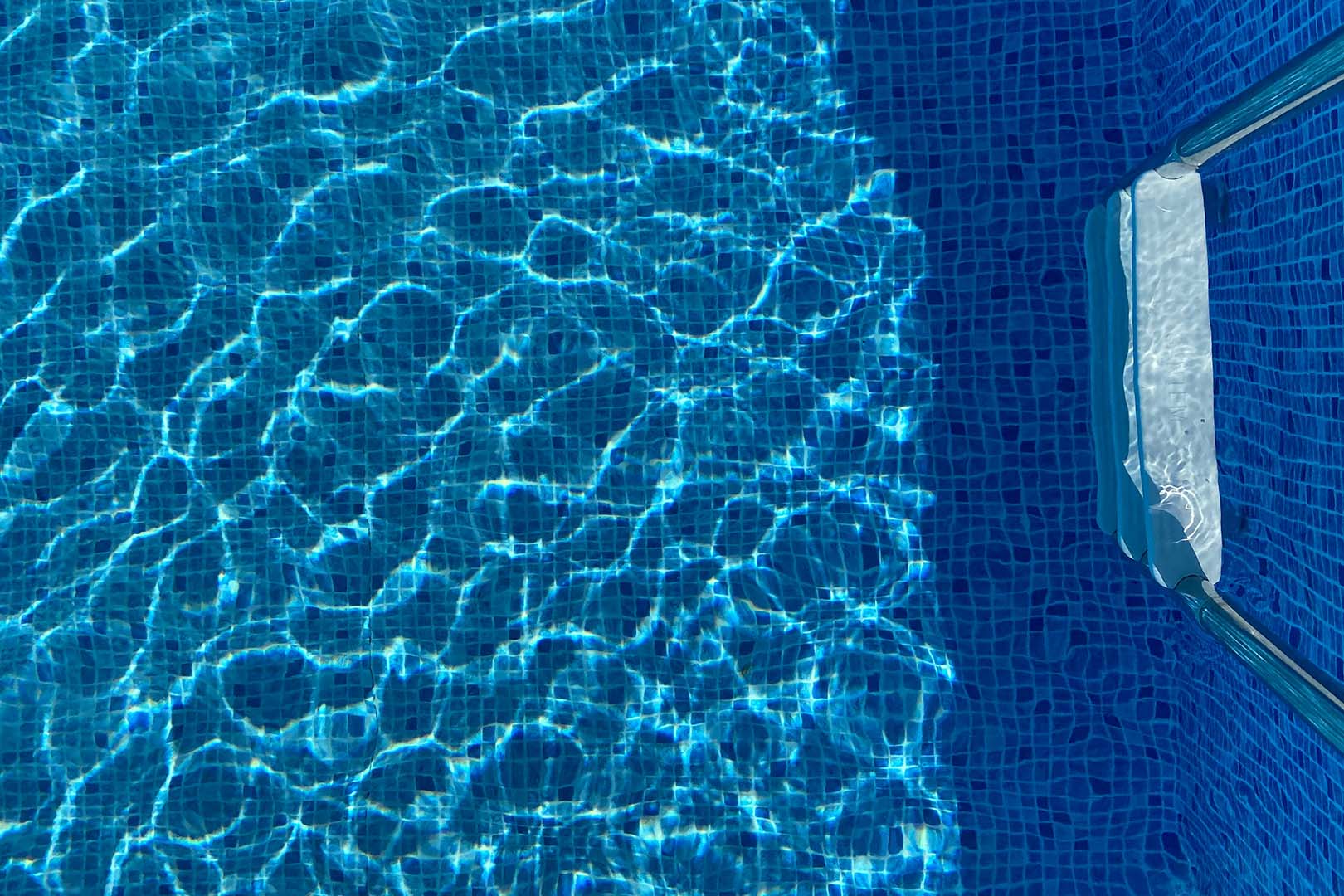
How to Do a Bucket Test for Pool Leaks: Step-by-Step Guide to Detect Water Loss
Have you noticed your pool water dropping whenever you go out for a swim? Are you unsure if it’s a leak or merely evaporation? Well,
Subscribe Now to Get AUD $15 Off Coupon

Do you notice that the pH level of the water in your pool has risen? Please stay tuned to find out how to lower the pH in a pool and what influences its fluctuating levels.
Water chemistry, particularly the pH level, is a crucial aspect of pool maintenance. Failure to regulate the pH levels effectively can lead to prolonged high pH, which can adversely affect both the health of the swimmers and the condition of the pool equipment.
It’s important to note that anything that comes into contact with the pool water, including swimmers, rainwater, dirt, and chemicals, can influence the pH. Moreover, water temperature, hardness, and the pool’s filtration system can also impact pH levels. Therefore, regular pH maintenance is crucial.
Table of Contents
Talking about pool pH means determining whether the pool water is alkaline or acidic and whether it is appropriate for swimming. Pool pH, or total alkalinity, is a number between 0 and 14 on the pH scale indicated by the pool test strip.
Swimming pool water should ideally have a pH between 7.4 and 7.6, or slightly alkaline. If the pH level is less than 7.4 or exceeds 7.8, action is needed to neutralize it. Too-acidic pH damages pools and leaves eyes burning, whereas an alkaline pH causes skin inflammation and cloudy water.
So, what indicates that your pool’s pH is too high? Let’s find out.
If your pool water has a pH level above 7.8 and appears cloudy, it’s a clear indication of high pH. Ignoring this issue can lead to various problems, including reduced effectiveness of chlorine in cleaning and disinfecting water, decreased durability of swimwear and goggles, and damage to the pool and its equipment.
Signs you are having high pool pH:
Adding pH reducers or pH minus solutions can maintain water’s pH balance. Sodium bisulfate, dry acid, and muriatic acid, or hydrochloric acid, are most commonly used.
Although muriatic acid (pH: 1), available in liquid form, is a strong pH reducer, sodium bisulfate (1.2-1.3) is usually preferred due to safe use and less corrosive. However, sodium bisulfate is not a good idea on a windy day.
Here is a step-by-step guide on how to lower pool pH with pH reducers. Remember to wear protective gear before you start.
Take a sample and measure the pH and total alkalinity to determine how far you are from the ideal pH level for the pool.
To find the correct dosage, find out the pool volume in gallons. Measure the length, width, and depth or take the pool average considering the shape.
Now, assess the amount of acid needed to achieve the desired pH level. Consult the manufacturer’s instructions. The fastest solution is to use the pool chemistry calculator online. Remember to add less acid than measured so you don’t have to add chemicals later to achieve balanced pool chemistry.
Mix sodium bisulfate powder with water and let it dissolve before pouring into the pool’s deepest end. For muriatic acid, add directly near the return jets if possible. Circulate the chemicals thoroughly with the filtration system or stir the above-ground pool with a brush.
After 24 hours, retest the water levels and compare them with the chart to see if more acid is required. If the pH has reduced too much, consider adding vinegar or baking soda to reach the ideal range.
Pool maintenance is essential to maintaining the pool water’s pH to ensure swimmers’ well-being and the longevity of the pool infrastructure.
Here are some guidelines when it comes to keeping pool pH in check:
Q: How does high pH affect pool equipment?
A: High pH can cause scaling and corrosion on pool equipment, reducing its lifespan. Regular cleaning and maintenance can help prevent these issues.
Q: How can I know if my pool’s pH level is normal?
A: You can use a pH test kit or an electronic pH tester to check your pool’s pH level regularly. The ideal pH range is between 7.2 and 7.8.
Q: How often should I test my pool’s pH level?
A: It’s recommended to test your pool’s pH level at least once a week. During high usage or extreme weather, you may need to test more frequently.
Q: What causes the pH level in my pool to rise?
A: Chemicals, undissolved minerals, pool usage, and environmental factors can cause the pH level to rise.
Q: Does using a pool cleaning robot help maintain pH levels?
A: Yes, a pool cleaning robot, like the Aiper Scuba S1 Pro, efficiently cleans debris and organic matter from the pool, preventing decomposition that can alter pH levels. This helps you maintain a stable pH level more easily.
Rest assured, maintaining the pH balance of your pool water is not a daunting task. With the right knowledge and tools, you can easily manage the constantly changing pH due to weather, chemical dilution, rain, and other factors. The best methods to lower pH, such as sodium bisulfate and muriatic acid, are readily available and effective. Remember to always test the water and adjust pH levels to increase the longevity of your pool.

Have you noticed your pool water dropping whenever you go out for a swim? Are you unsure if it’s a leak or merely evaporation? Well,

Are you tired of leaves littering up your pool every time you step out for a swim? The daily struggle of skimming leaves and cleaning

Imagine your pool buzzing with your friends having fun, laughter echoing around your backyard, and having the time of their lives. Want to make it

Spring is here, and it’s time to refresh your pool! Get that cover off and start cleaning your pool to enjoy upcoming fun-filled days. But

Imagine your pool surrounded by lush green trees, sparkling vividly and perfectly popping with beautiful landscaping, giving a natural vibe. Sounds relaxing, right? This blog
Aiper 2025. All Rights Reserved